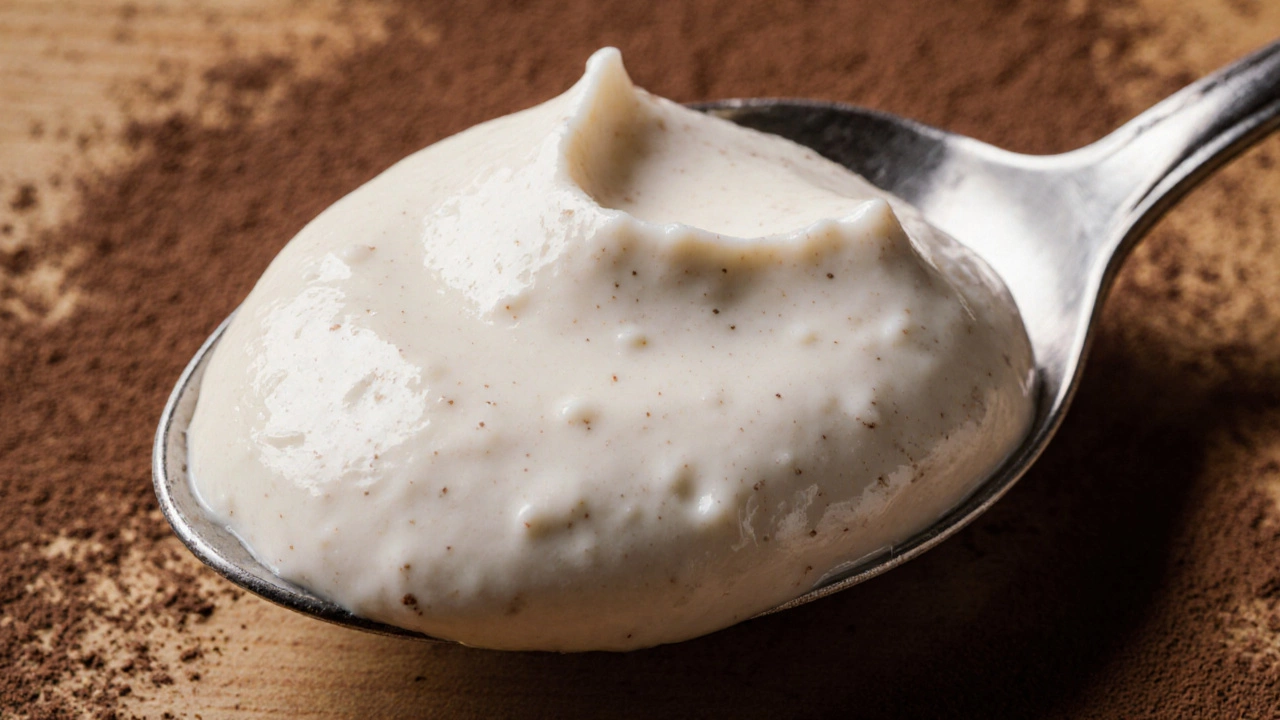
What Cheese Has Mold? The Truth About Tiramisu’s Secret Ingredient
Mascarpone is the creamy cheese in tiramisu - not moldy, not spoiled. Learn what makes it safe, how to spot real vs. fake, and why no mold is used in authentic tiramisu.
When you spot moldy cheese, a common food occurrence that can be harmless or hazardous depending on the type. Also known as cheese spoilage, it’s not always a reason to toss the whole block. Many people panic at the first sign of fuzzy green or white spots, but not all mold is the same. Some cheeses, like blue cheese or Brie, are made with mold—and that’s totally safe. The real danger comes from mold that grows where it shouldn’t, especially on soft or fresh cheeses.
Here’s the simple breakdown: hard cheeses like cheddar, Parmesan, or Swiss can often be saved. If you see mold, just cut off at least one inch around and below the spot. The dense structure keeps the mold from spreading deep. But soft cheeses like cream cheese, ricotta, or cottage cheese? If there’s mold, throw it out. The moisture lets mold send roots deep into the cheese, even if you can’t see them. Same goes for shredded, sliced, or crumbled cheese—once mold shows up, it’s everywhere. You can’t cut it away safely.
What about the mold itself? Some types, like Penicillium roqueforti, are used on purpose to make blue cheese. Others, like Aspergillus or Fusarium, can grow accidentally and produce toxins. These aren’t always visible, and they don’t always smell bad. That’s why you can’t rely on smell or appearance alone. If cheese smells sour, ammonia-like, or just "off," even without visible mold, it’s probably spoiled. And if you’re pregnant, over 65, or have a weak immune system, skip any cheese with mold—even the kind it’s supposed to have—unless it’s pasteurized and labeled safe.
Storage matters too. Cheese needs to breathe. Wrap it in parchment or wax paper, then put it in a loosely sealed bag in the fridge. Plastic wrap traps moisture and speeds up mold growth. Keep cheese away from strong-smelling foods like onions or fish—it’ll absorb those flavors fast. And always use clean knives and cutting boards. A knife that touched moldy cheese can spread it to your next block.
Some people think scraping off mold makes cheese safe again. It doesn’t. Mold has roots, like weeds. Even if you remove the fuzzy part, the invisible threads are still there. That’s why cutting deep is the only real fix for hard cheeses. For soft cheeses, there’s no fix—just toss it. It’s not worth the risk of food poisoning, which can mean nausea, vomiting, diarrhea, or worse.
And yes, moldy cheese can be part of a bigger problem. If one piece in your fridge is moldy, check the others nearby. Mold spores float through the air and land on other foods. Your butter, your yogurt, your leftover pasta—any of them could be contaminated. Clean your fridge shelves with vinegar and water. Don’t just wipe. Mold hides in cracks.
What you’ll find below are real stories and facts about cheese, from the safety of aged blocks to the risks of forgotten leftovers. You’ll learn how to spot the difference between intentional mold and dangerous spoilage, what to do when you find mold on your favorite snack, and how to keep your cheese fresh longer. No fluff. Just clear, practical advice from people who’ve been there—whether they tossed a wheel of brie or saved a block of cheddar by cutting smart.

Mascarpone is the creamy cheese in tiramisu - not moldy, not spoiled. Learn what makes it safe, how to spot real vs. fake, and why no mold is used in authentic tiramisu.